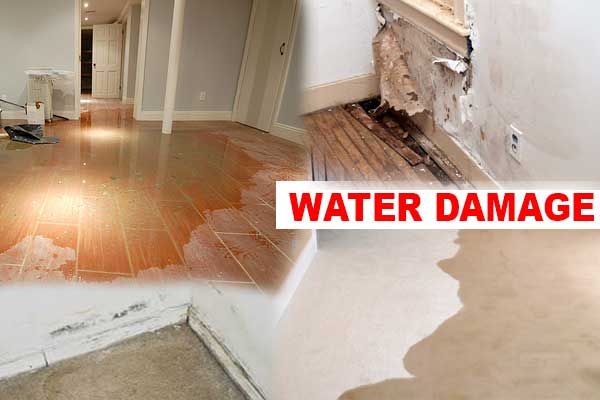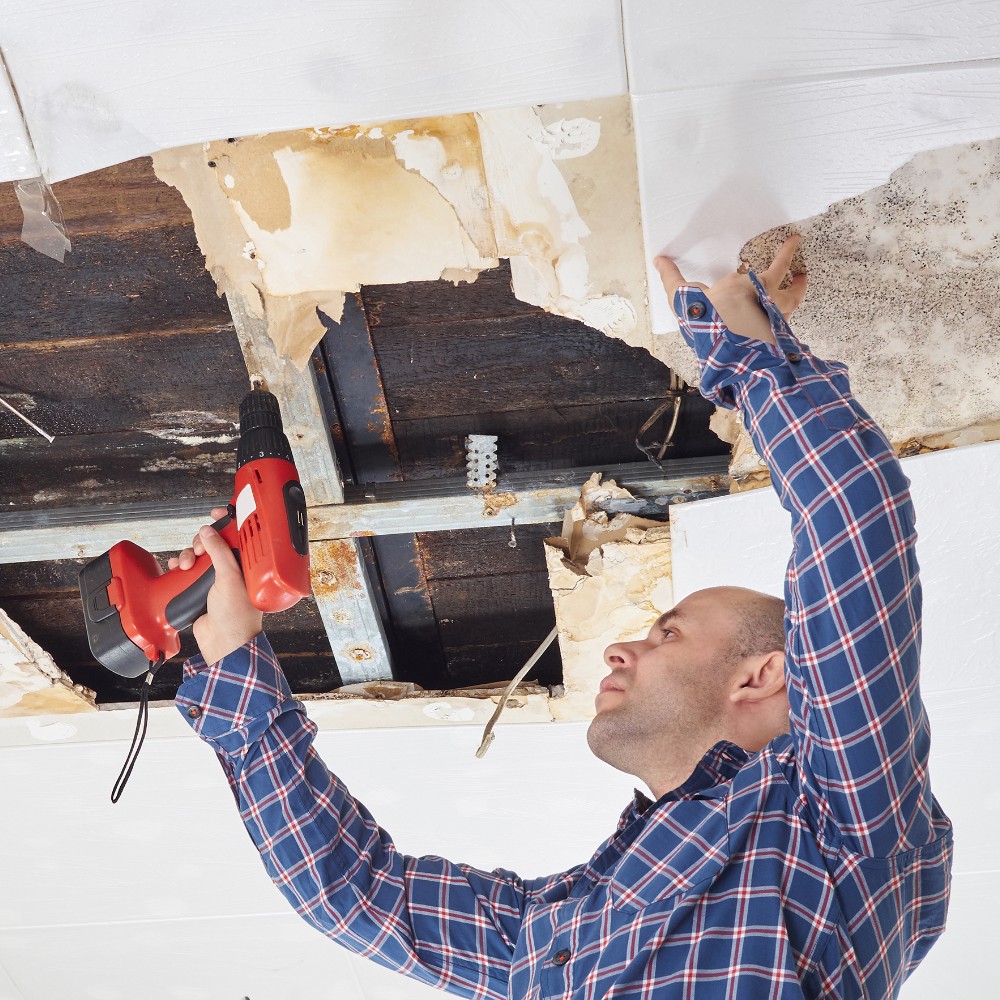The Process of Water Damages Cleaning: Guaranteeing Your Home Is Restored Properly
Water damage can be a difficult difficulty for home owners, requiring a precise and structured clean-up process to restore safety and performance. At first, a detailed assessment is important to determine the degree of the damages and establish the proper remediation actions. Following this, reliable water removal methods play a pivotal duty in reducing further harm. The subtleties of drying out, sterilizing, and eventual restoration are similarly important and typically ignored. Comprehending these phases can make a considerable distinction in the end result of your home's remediation, motivating a closer take a look at what each step involves.
Examining the Damages
Upon finding water damage, the primary step is to extensively examine the level of the influence. This first evaluation is crucial, as it aids figure out the essential actions for reliable cleaning and remediation. Begin by checking the impacted areas, including walls, ceilings, floors, and personal belongings, to identify the resource of the water breach, whether from flooding, leakages, or condensation.
Recording the damages is essential for both insurance coverage claims and intending remediation initiatives - damage restoration services. Usage photographs and composed notes to capture the extent of the damages, keeping in mind any kind of affected architectural components and products. Pay unique focus to locations that may not be quickly visible, such as behind wall surfaces and under carpetings, as concealed moisture can cause more issues, including mold growth
Furthermore, examine the timeline of the water direct exposure. The longer the products stay wet, the higher the potential for damage. Comprehending the period of exposure will certainly notify the urgency of remediation initiatives. Eventually, a detailed assessment lays the foundation for an effective water damages cleaning procedure, guaranteeing that all affected areas are dealt with properly and thoroughly.
Water Removal Methods

Specialists usually utilize submersible pumps for bigger volumes of water, which can rapidly minimize flooding in cellars or various other impacted locations. For smaller amounts, wet/dry vacuum cleaners are often utilized to draw out recurring dampness from carpetings and hard surface areas. Furthermore, utilizing portable extractors permits targeted removal in restricted areas or areas with delicate materials.
In instances of polluted water, such as sewage or floodwater, advanced extraction techniques may involve making use of biohazard devices to make sure safety and security and conformity with wellness laws. High-powered extraction tools are vital in decreasing water retention in architectural products, which can cause mold and mildew development and structural damage if not addressed quickly.
Ultimately, the performance of water removal techniques plays a pivotal duty in the overall success of the water damages cleaning process, preparing for subsequent remediation initiatives.
Drying and Dehumidification
As soon as standing water has actually been effectively extracted, the next important stage in the water damage cleaning procedure is drying and dehumidification. This action is vital to protect against additional damage and mold and mildew development, which can occur within 24 click for more info to 48 hours in wet atmospheres.
To achieve reliable drying out, specific equipment such as industrial-grade air moving companies and dehumidifiers is utilized. Air moving companies flow air across damp surfaces, boosting evaporation prices, while dehumidifiers minimize humidity degrees in the air, advertising a favorable environment for drying out. The combination of these devices ensures that dampness is extracted from walls, home furnishings, and floors, permitting them to completely dry extensively.
It is essential to check the drying procedure closely. Professionals often use dampness meters to evaluate the wetness web content in different products, ensuring that all affected locations get to acceptable dry skin degrees. This precise technique helps to avoid surprise moisture pockets that might cause architectural damage or undesirable mold development.

Cleaning and Sanitizing
After the drying and dehumidification phase is total, the next important action in water damage cleanup is cleaning and disinfecting the impacted locations. This process is crucial to stop the growth of mold, bacteria, and various other microorganisms that flourish in damp atmospheres.
The cleansing stage commonly includes getting rid of any kind of debris, dirt, and pollutants from surfaces utilizing specialized cleaning up representatives. For difficult surfaces, a mix of soap and water or business cleaning items is frequently utilized. Soft materials, such as upholstery and rugs, may require more comprehensive cleaning approaches, consisting of vapor cleansing or deep removal techniques, to ensure complete sanitation.

Disinfecting complies with cleaning, using EPA-approved disinfectants to eliminate dangerous bacteria. This step is necessary, particularly in locations that may have come into contact with floodwaters or sewage, as these sources can position severe health and wellness threats.
Additionally, it is necessary to address any staying smells, which might call for using smell neutralizers or advanced techniques like ozone therapy. Appropriate cleaning and disinfecting not only restore the security and health of your home yet additionally prepared for effective remediation and fixings in succeeding stages of the water damages clean-up process.
Remediation and Fixings

As soon as the assessment is complete, repair efforts can start. This normally entails repairing or changing damaged products, ensuring that all work abides by neighborhood structure codes and standards. As an example, if drywall has been endangered, it will require to be removed and replaced with new material. Furthermore, floor Your Domain Name covering might call for comparable attention, depending on the degree of water direct exposure.
It is critical to involve experienced repair specialists during this procedure, as they have the expertise to manage intricate repair work efficiently. They can assist alleviate possible future problems, such as mold development or architectural instability, hence making certain a risk-free and habitable living environment. Ultimately, reliable restoration and fixings bring back the home's integrity and enhance its total worth.
Conclusion
To conclude, the process of water damage cleanup is vital for restoring a home to its pre-damage condition. Each phase, from evaluating the damage to applying efficient water extraction methods, complied with by detailed drying, sanitizing, and necessary repairs, plays a vital function in ensuring security and conformity with building standards. Effective implementation of these actions not only alleviates instant damage yet additionally enhances the lasting stability and worth of the home.
Water damage can be a daunting difficulty for property owners, requiring a precise and organized clean-up process to bring back safety and security and performance. Inevitably, a thorough evaluation lays the groundwork for a successful water damage cleanup process, making sure that all impacted areas are attended to efficiently and completely.
Efficient water removal methods are vital in reducing damages and protecting against additional issues adhering to a water invasion event.In verdict, the process of water damages cleaning is critical for recovering a home to its pre-damage condition. Each stage, from examining the damage to applying efficient water extraction methods, followed by detailed drying, sanitizing, and needed repair work, plays a vital role in making certain security and compliance with structure criteria.